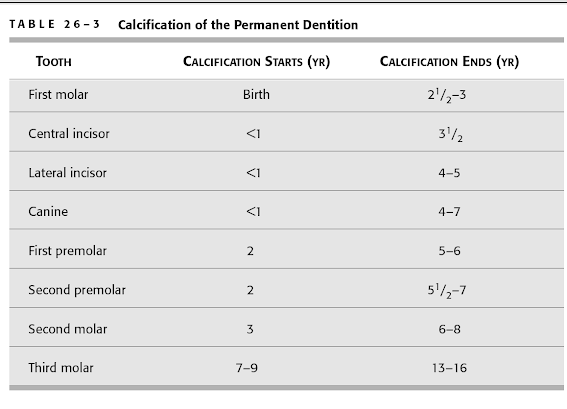# The most prominent part of occipital regions of the head is called:
(a) Inion
(b) Opisthocranion
(c) Superior nuchal lines
(d) Basion
The correct answer is B. Opisthocranion.
The occipital region is an area of cranium behind the parietal eminences, and above the external occipital protuberance and superior nuchal lines.
The most prominent point in the occipital region is called opisthocranion or occiput. The external occipital protuberance can be felt in the median line just above the nuchal furrow. The superior nuchal line, one on either side of external occipital protuberance, runs laterally with its convexity facing upwards. The soft tissue covering frontal, parietal, and occipital regions forms the scalp.
Reference: TEXTBOOK OF ANATOMY HEAD, NECK AND BRAIN, Volume III, 2nd Edition Vishram Singh, Page No. 2







